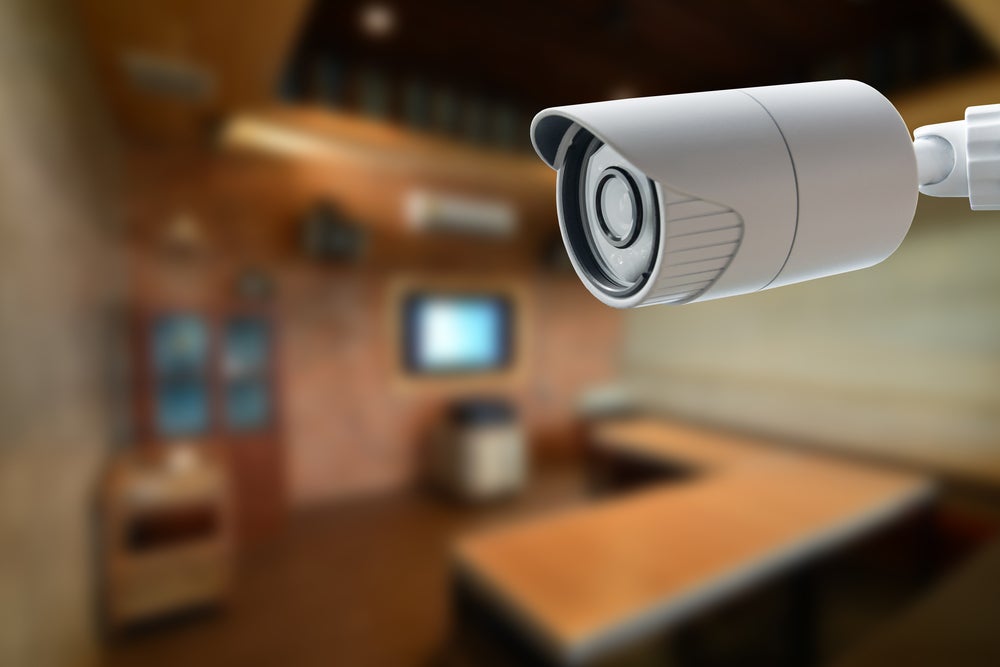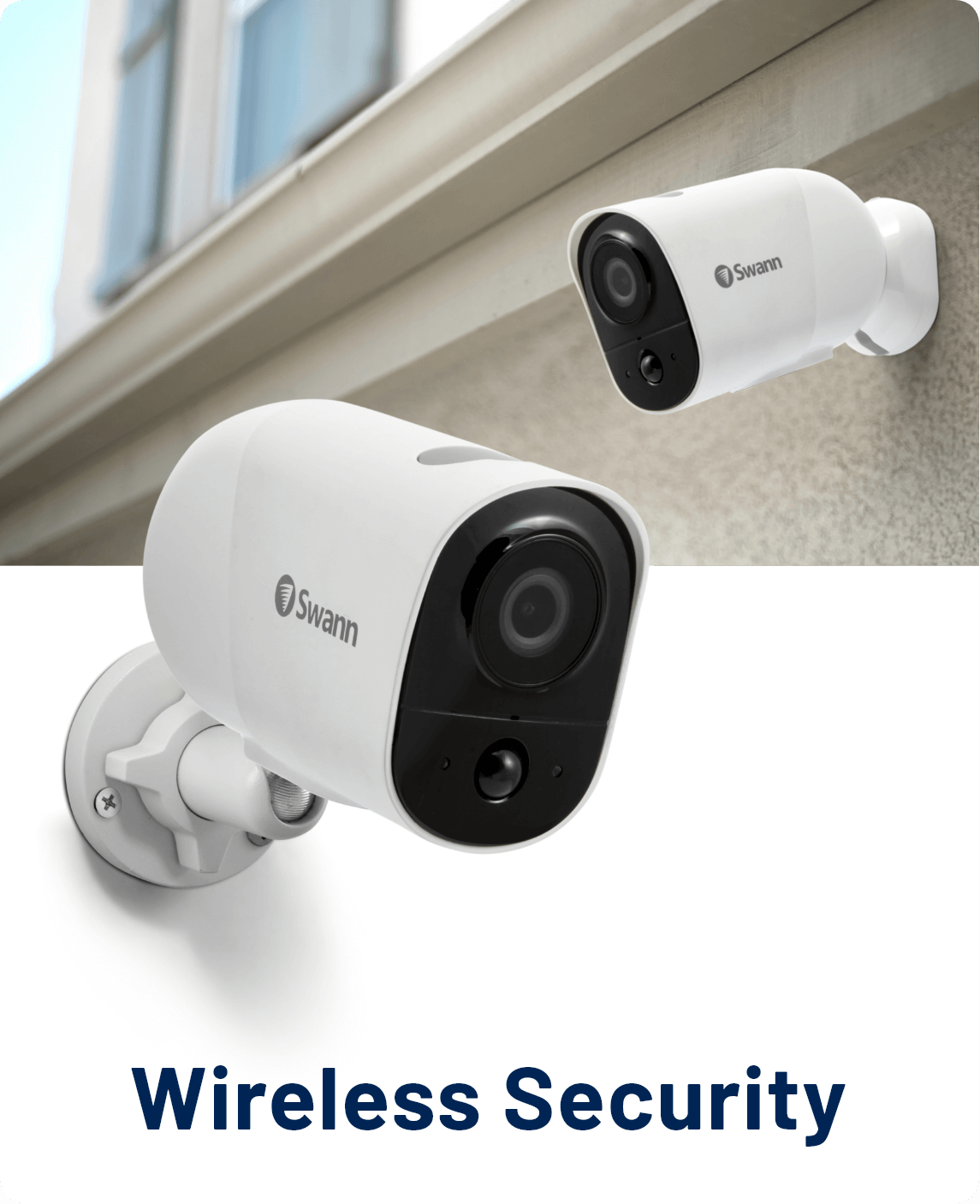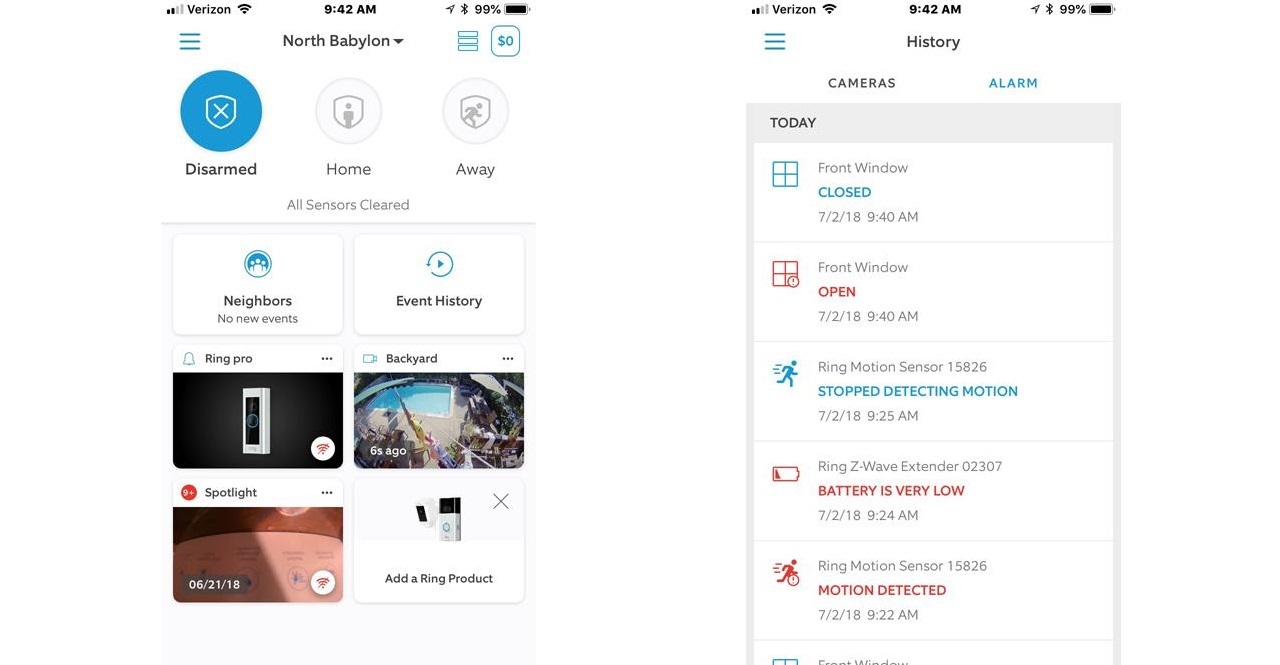
It is important to consider the screen resolution and sample rate when purchasing a new phone. The screen's sampling rate is the number of times it registers touch. A higher sampling rate will result in a faster response. Screen mobiles with high sampling rates are more responsive then those with lower rate. It is also important to look for Gorilla Glass protection.
Large-screen mobiles
The right place if you're looking for a smartphone with a large display and high-resolution screen. There are new models on the market with larger screens. These phones are great for browsing the web and watching movies. It is difficult to operate these phones with one handed due to the large screens and their size. Manufacturers of these phones have designed some helpful apps to address this issue.
A screen protector is a great way to protect large-screen smartphones. This will keep your phone's glass scratch-free and prevent it from cracking if it is dropped. For these mobiles to last longer, it is essential that you use power-saving strategies. You can set the brightness to the lowest setting and not leave the phone on for too long. Also, try not to let the battery drain down to 0%. It is also a good idea to disable background apps when you aren't using them.

Their resolution
You can classify smartphones based on their resolution. Higher resolution screens have higher pixels density than lower-resolution screens. Sharper displays are characterized by a higher pixel density. A higher pixel density is a better picture on a smaller screen.
Researchers have evaluated how image quality differs between mobiles with different screen resolutions. They have used a broadcast-quality monitor to determine the impact of resolution on picture quality. To compare images on different screens, they used the MOS metric (maximum overall scoring).
Their sample rate
A smartphone's screen is an important aspect. The screen's type, size, and contrast can all have an impact on the user's experience. The smartphone industry has been shifting towards screens with refresh rates exceeding 60 Hz in recent years. Many manufacturers now offer screens with up to 90 or 120 Hz refresh rates. This makes it easier to use most apps. Smartphone manufacturers are beginning to recognize the importance of sampling rates.
The screen mobile's sampling rate is the number of times that the screen registers one touch per second. The higher this number is, the better the experience for the user. Some phones offer a sampling rate of 180 Hz or 240 Hz.

Their Gorilla Glass protection
Gorilla Glass has been used by some mobile phone companies. If you are considering buying a new smartphone and are worried about scratching it, you might be able to use a Gorilla Glass-based screen protector. These products can provide additional protection for your phone which will help prolong its life.
Corning manufactures Gorilla Glass. It is made of tough, scratch-resistant glass. Corning has made numerous improvements to its protective glass in order to make the product more durable. Corning's latest glass is stronger than the last generation and should be available on smartphones by 2021.
Their battery life
The calendar life of batteries is the time they can last before becoming useless. This lifespan depends on temperature and time. While these factors are complex, empirical evidence points to simple mathematical relationships. The Arrhenius Law states that chemical reactions double for every 10 degrees Celsius rise in temperature. This law also applies when active chemical substances in batteries are slowly degraded. The t1/2 relationship indicates that the internal resistance of batteries increases over time.
FAQ
Which is better, home security cameras of home security systems?
Home security systems can be more effective than home cameras as they can detect sound and movement even though no one is present in a room where the system has been installed. Home security cameras are easier to mount on doors and windows than those of home security systems.
What should I pay for alarm monitoring
Alarm monitoring costs can vary depending on whether you need it to be monitored frequently, what equipment you need and whether you are looking for an all-inclusive plan or a monthly fee.
What is the number 1 home security system?
The number one home security system is the Ring Video Doorbell Pro. You can speak with anyone, anywhere and at any time using your smartphone. You can also record video footage, and then share it with your family and friends via email or text message.
Which home security system is the most highly rated?
ADT Pulse and Ring Alarm are the most popular home security system. Vivint Smart Security Home Security and Protect America are also very popular.
How do I decide between the different types of home security system?
It is important to consider the threat level in your locality. An alarm that will sound when someone enters your residence might be a good idea if your area is plagued by crime. You may not require as much security if your home is in a rural area with few burglaries.
You should also think about whether you're willing to pay for extra features. Some systems have built-in cameras, while others don't. Some systems allow you to remotely monitor your home, while others require that you be present to view the footage.
Statistics
- That's probably why Cove has a whopping 98%* customer retention rate. (safewise.com)
- Related questionsHome security systems that are 100% DIY (safewise.com)
- Depending on your insurance, 24/7 professional monitoring may qualify you for as much as 15% off your premium. (safewise.com)
- (In my experience, the discount on my home insurance covered about 25 percent of the subscription of an average plan, but your mileage may vary depending on your location and the size of your home.) (theverge.com)
External Links
How To
How to Install Home Security Systems
A home security camera is a device that monitors your house and alerts you when there's activity. It could be motion sensors, doorbell cameras, smoke detectors or burglar alarms. A home security system usually consists of one or more sensors (e.g., motion detectors), which send signals when they detect movement or sound. The signals are then sent over to a control box where they are monitored and recorded. A control panel will alert your phone, tablet or computer if something is wrong. You will be notified immediately and you can take immediate action.
The first step to installing a home security system is choosing the right type of sensors for your home. There are two main types: passive and active sensors. Passive sensors don't require batteries; they just pick up sounds and vibrations from their surroundings. They can be doorbells or sirens as well as buzzers. Active sensors transmit data by using electricity. Cameras and motion sensors are two examples of active sensors.
There are many different brands of sensors available today. Each brand has its own pros and disadvantages. Some sensors are waterproof, others are not. Some of them have built in speakers so that you can still hear them from outside. Others only work inside. Some of these are very basic, while others have advanced features such night vision.
Once you have chosen the right type of sensor for your property, it is time to select a manufacturer. This will ensure that all your sensors work together. Your local hardware store should have plenty of options to choose from.
After you have chosen a brand, you will need to decide how many sensors you wish to purchase. Depending on whether someone lives alone or with their family, most people buy one to two sensors. If you are planning to add sensors later on, you may consider purchasing additional sensors.
Next, determine where you want your sensors to be placed. Do you want them near windows and doors? Do you prefer to keep them away? Before placing them on your property, get permission. They should not be in conflict with any electrical outlets.
Now that you know the exact location of your sensors you will need a connection to your control board. You may need a power adapter, or battery pack depending on the setup. Once everything is in place, you can start to monitor your property.